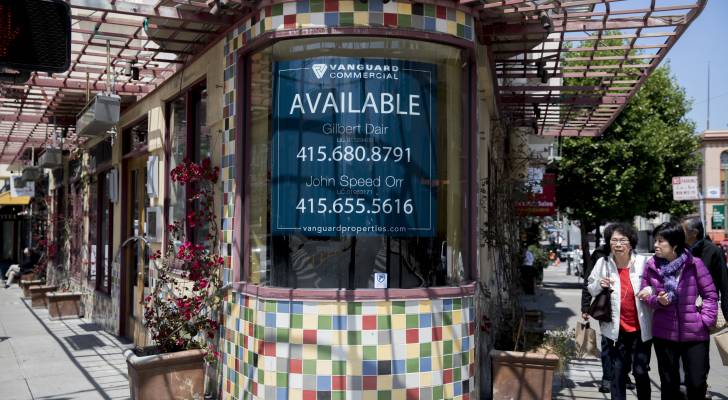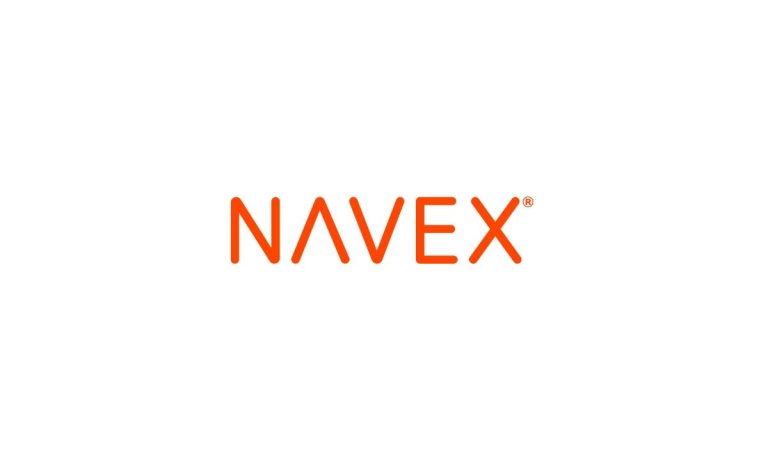
Commercial landlords in many parts of San Francisco have to make sure their properties are leased — and not just because they miss out on rent if they don’t. In many areas within the city, there’s a Commercial Vacancy Tax for empty storefronts.
The tax was passed by voters in 2020 and paused during the pandemic, but the California city resumed collection in 2022. The purpose was to fill commercial spaces and ensure landlords weren’t being greedy at the expense of neighborhoods and small business entrepreneurs.
"The entire idea of the tax wasn’t to tax people, it was to encourage them to get realistic about their expectations of rent for small businesses," former city official Aaron Peskin told ABC7 News Bay Area in a story published May 30.
Don’t miss
- I’m 49 years old and have nothing saved for retirement — what should I do? Don’t panic. Here are 6 of the easiest ways you can catch up (and fast)
- Robert Kiyosaki warns of a ‘Greater Depression’ coming to the US — with millions of Americans going poor. But he says these 2 ‘easy-money’ assets will bring in ‘great wealth’. How to get in now
- Gain potential quarterly income through this $1B private real estate fund — even if you’re not a millionaire. Here’s how to get started with as little as $10
It’s had some success, too. Here’s how the tax works, along with some details on how tax funds are being used.
Vacancies are down in some neighborhoods
The tax imposes a significant penalty on landlords who own commercial spaces that are vacant, and it grows the longer a unit sits empty.
If a property goes unrented for 182 days, the landlord is taxed at a rate of $250 times the width of the storefront in feet. So, a 30-foot-wide front would be subject to a tax equal to $250 times 30, or $7,500. The tax doubles after the second year a property remains vacant, and doubles once again after that.
Obviously, many landlords don’t want to pay that much, but there’s an easy out.
"It’s the most avoidable tax there is," Earl Shaddix of Economic Development on Third told ABC7 News. "You don’t have to get taxed, just rent your damn storefront."
Many landlords have done just that, and vacancy rates have been falling in a number of neighborhoods, according to the broadcaster. In North Beach, for example, there was a 10% vacancy rate in 2020 before the tax was passed.
"It’s half of that now. The same is true for neighborhood commercial districts all over the city," Peskin said.
Haight-Ashbury small business owner Christin Evans touted the success of the tax in the area.
"At our peak, we were at 32 out of 150 were closed. Now, we’re below 14," Evans explained to ABC7 News.
Read more: Want an extra $1,300,000 when you retire? Dave Ramsey says this 7-step plan ‘works every single time’ to kill debt, get rich in America — and that ‘anyone’ can do it
One prime area of the city that’s in decline and hasn’t seen a revitalization from the tax is downtown — but that’s because it was excluded from the tax altogether.
"It may be time to consider a downtown commercial vacancy tax, but at the time, five years ago, this was really aimed at neighborhood commercial districts at a time when downtown was thriving," Peskin said.
San Francisco’s Office of the Treasurer and Tax Collector says it has collected $5 million in revenue from the vacancy tax, reports ABC7 News. The money goes into a fund used to help small businesses.
Do commercial vacancy taxes work?
San Francisco is not the only city that has put a vacancy tax in place. Oakland and Washington D.C. both have a tax for vacant residential and commercial properties. Boston officials discussed a storefront vacancy tax in November 2024.
Data reflecting the effective these taxes is scarce. However, research from the Joint Centers for Housing Studies of Harvard University suggests landlords in dense urban areas are reluctant to rent at lower rates in the near-term in case they’re able to lease at a more favorable rate down the line.
The researchers also concluded that while vacancy taxes may reduce the number of vacancies, they could result in "lower tenant quality and lead to faster churn." So, while spaces may be filled temporarily, the taxes may not improve neighborhood quality much over the long run.
As for San Francisco, in the case of at least one business owner filling a once-vacant storefront, she told ABC7 News that grants and support from local groups prompted her to give things a try. So, if nothing else, the tax collected from the landlords who leave properties vacant, along with a supportive business community, may provide more opportunities for people to take a chance at getting a company off the ground.
What to read next
- JPMorgan sees gold soaring to $6,000/ounce — use this 1 simple IRA trick to lock in those potential shiny gains (before it’s too late)
- This is how American car dealers use the ‘4-square method’ to make big profits off you — and how you can ensure you pay a fair price for all your vehicle costs
- Here are 5 ‘must have’ items that Americans (almost) always overpay for — and very quickly regret. How many are hurting you?
- How much cash do you plan to keep on hand after you retire? Here are 3 of the biggest reasons you’ll need a substantial stash of savings in retirement
Like what you read? Join 200,000+ readers and get the best of Moneywise straight to your inbox every week. Subscribe for free.
This article provides information only and should not be construed as advice. It is provided without warranty of any kind.


